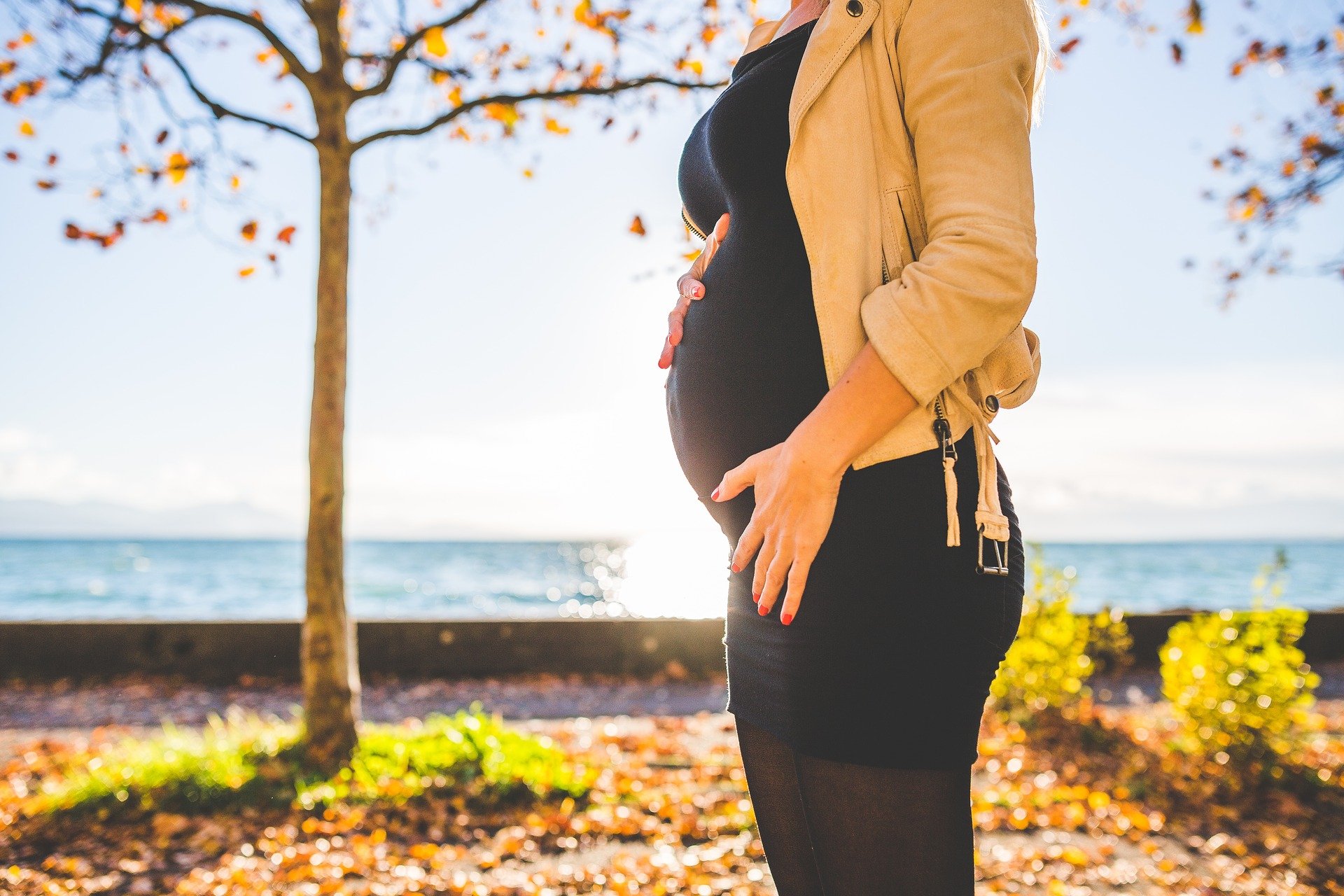

THIRD TRIMESTER AND ITS COMMON SYMPTOMS
The third trimester begins in week 27 of pregnancy and lasts until you give birth, which may be around week 40 of pregnancy. In other words, your third trimester lasts from month 7 through month 9 of pregnancy. At your first prenatal visit, your health care provider will help you determine an expected delivery date (EDD). Your EDD is 40 weeks from the first day of your last menstrual period (LMP). It’s important to remember that your due date is only an estimate — most babies are born between 38 and 42 weeks from the first day of their mom’s LMP and only a small percentage of women actually deliver on their due date.
Here is your guide of what you might experience in your last and final trimester.
WEEK 27-29:
Welcome to trimester 3. Pretty exciting! Just 3 months to go for your little joy to arrive. Well, this is still going to be accompanied by a few symptoms. You may experience swelling or edema in lower extremities and hands due to fluid build-up in the body. To spell off, avoid standing or sitting for long hours. It might get uneasy when you feel heat rashes due to over-heated body, increased perspiration, and the friction caused by skin rubbing. Relax and let your body cool. Moisturise well.
By week 28, your baby is going to kick even more and the growing size of the uterus is now getting on your nerves as it brings back backaches, swollen feet, and sharp shooting pain due to pressure over sciatic nerve making you feel numb at times. Raging hormones may make your skin a lot more sensitive and dry.
In week 29, you are most likely to experience swollen vessels, known as varicose veins which may or may not be painful. By this time, learn to count baby kicks in order to keep track of her health and activity.
Baby has now become as large as the head of cauliflower.
WEEK 30-32:
In week 30, all you experienced in the first trimester is going to get back, tender breasts, heartburn, etc. All this is happening because pregnancy hormones are now relaxing your muscles and preparing you for the delivery.
Up in week 31, your enlarged uterus has now squished all your internal organs leading to shortness of breath and giving you a feeling of discomfort. All this is going to go away in later stages, as your baby moves down to pelvis in preparation for delivery.
Now in week 32, your body starts warming up for birth. You might experience your uterus tightening or hardening regularly, technically called as ‘BRAXTON HICKS CONTRACTIONS’ or FLASE LABOR. They become more pronounced as the pregnancy progresses. If they stop, when you change position, it’s a confirmatory test to find out that it was a false labor.
Imagine her being in the size of a cantaloupe.
WEEK 33-35:
Leg cramps, heartburn, frequent urination might keep you up all night, but it’s important to take rest, take warm baths. Relax! Get your diet rich in omega-3 fatty acids as it is great for the brain and vision development of the baby. Also, it’s major accumulation happens during the last trimester.
Following it, your vision may become blurry your eyes might get more irritable and dry due to reduced tear production. But don’t worry, all this is totally temporary.
As your baby’s head is down, in week 35, your urination might become more frequent and you may not be able to control your bladder when you cough or laugh out loud.
Your baby is now grown to a size of spaghetti squash.
WEEK 36-38:
You may see yourself walking like a penguin due to the loosening and softening of connective tissues. It’s because your baby gets to fit in the pelvic space which has now become quite big in size. As baby burrows deeper and deeper into your pelvis, you might experience pelvic pain at times. Your baby literally drops into your pelvic cavity in this week.
By this time, your practitioner can predict the arrival of the big bunch of joy. Your doctor will see for the dilation of the cervix (at least 10cm to baby to pass the birth canal), it’s ripeness (as hard as your nose tip.), and how down your baby has come. Your baby can now be called a full-term baby.
By week 38, your body is giving a final touch for the big day. Some women may experience leaky breasts because of the colostrum (thick yellowish milk) which is full of antibodies that protect your child and helps to build a life-long immunity.
She is now, as big as a mini watermelon.
WEEK 39-40:
As you now know that you might have to go to the hospital any day, keep looking for the signs of labor. These include water-breaking, rupture of membrane, nausea, a dull backache, spurts of energy, loss of mucous plug that seals your uterus, and bloody show due to the rupture of capillaries due to dilation and effacement.
Your baby now looks like that of the size of a mini pumpkin.
Divya
M. Sc. Gold Medalist

Leave a Reply